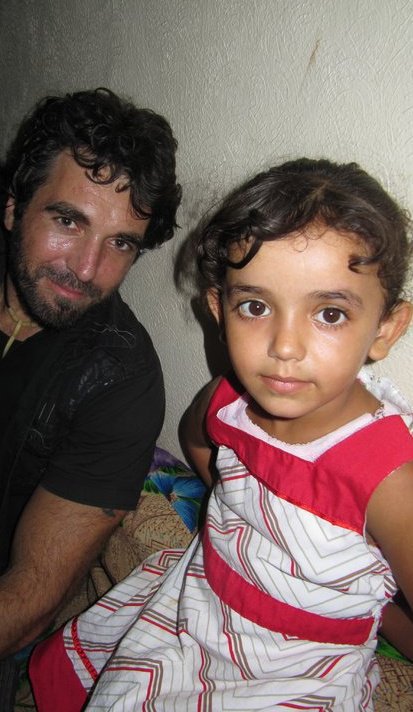Tag: Eva Bartlett
-

Vik: a friend, a brother, a humanist
Eva Bartlett | In Gaza I first heard of Vik before arriving in Gaza. Vik had just been injured by IOF water cannoning which shattered the windows of the fishing boat he was accompanying. Vik had some injuries from the shattered glass. When I met Vik he was nothing but humble and humour. A compassionate…
-
May Is About Memories
Eva Bartlett | Inter Press Service 25 May 2010 This is the month for Palestinians to remember their Nakba, or “catastrophe”, in which more than 700,000 women, men and children were pushed off their land and rendered homeless refugees by the Zionist attacks before, during and after the founding of Israel in 1948. Isdud, a…
-
Gaza’s virtual connection to the rest of the world
Electronic Intifada 23 May 2010 Eva Bartlett GAZA CITY, occupied Gaza Strip (IPS) – “I’ve learned most of what I know about photo editing and graphic design via the Internet,” says Emad, 27-year-old filmmaker and editor. In Gaza, this sort of thing has become usual in a different way. “This program isn’t available here,” he…
-
Gaza youth learn music and challenge the occupation
Electronic Intifada 21 May 2010 Eva Bartlett GAZA CITY, occupied Gaza Strip (IPS) – “Why are you rushing? Isn’t it nicer like this?” Mohammed Omer, oud (an oud is similar to a lute) teacher at the Gaza Music School, asks his student. Omer takes the oud and demonstrates, playing the song slowly, gracefully, with the…
-
Teenager shot by Israeli forces in northern Gaza
ISM Gaza 26 March 2010 Said Abdel Aziz Hamdan, 15, went for his first time to Gaza’s northern border area to try gathering scrap metal for re-sale. Although an area lined with Israeli military towers and notorious for Israeli soldier shooting, shelling and abductions of Palestinian workers and farmers, Hamdan did not feel he would…
